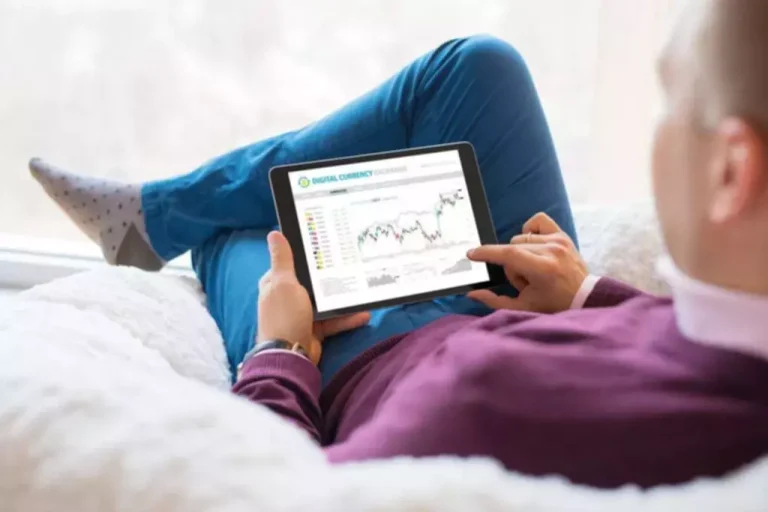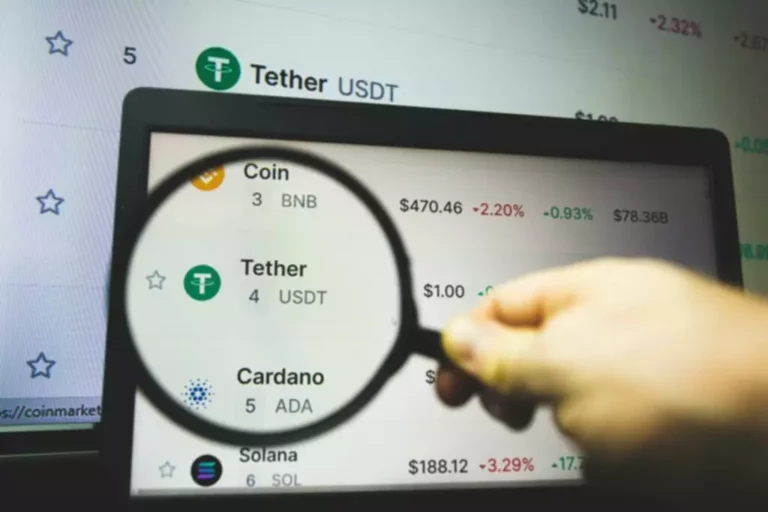Content
The second source that explains the reduction in liquidity after moving to a less regulated market is the relationship between trading volume and information asymmetry. Thus, it can be concluded that deterioration in the information https://www.xcritical.com/ environment can be a result of the decrease in the number of market contestants who have the motivation to generate stock-specific information to profit from informed trading. If markets are not liquid, it becomes difficult to sell or convert assets or securities into cash.
What are the most illiquid markets?
Empirical findings indicate that market liquidity has a more pronounced impact on volatility during periods characterized by elevated economic uncertainty. These results underscore the intricate dynamics within financial markets, emphasizing a discernible negative relationship between market liquidity and volatility, which is further influenced by the moderating effect of EPU. Economic policy uncertainty introduces ambiguity, heightening investor apprehension and hesitation, thereby diminishing market liquidity. Moreover, uncertainty arising from economic policy decisions can magnify market reactions, resulting in increased volatility. Recognizing and understanding these dynamics are pivotal for making well-informed decisions in financial markets. The insights from the study provide valuable Proof of space considerations for policymakers and market participants navigating these intricate relationships, offering a foundation for strategic decision-making in the face of economic policy uncertainties.
Authenticity, Liquidity, and Volatility[Original Blog]
There are various sources of data available forex volatility indicator online, such as Bloomberg, Reuters, or TradingView. Alternatively, we can use my predefined internal tools to get the latest data from the web. The thing about information asymmetry is that sometimes market markers tend to go on the borderline between front-running clients’ orders and price manipulation. Private investing can encourage greater levels of entrepreneurialism and transformational change relative to public markets.
The 3 Worst Times to Trade Forex (And the Best Times)

These two factors play a significant role in determining the health and stability of financial markets. Liquidity refers to the ease with which an asset can be bought or sold without causing a substantial change in its price. Volatility, on the other hand, measures the degree of price fluctuations in a given market over a specific period. Table 9 displays the separate marginal influences on liquidity of individual attributes volatility, price, and trading volume, as well as commonality measured by industry liquidity.
- According to the policymaker and regulators’ view, the hindrance in market activity is caused by these fundamental variables i.e.
- Nothing on this web site shall be considered a solicitation to buy or an offer to sell a security to any person in any jurisdiction where such offer, solicitation, purchase or sale would be unlawful under the securities laws of such jurisdiction.
- Tamta’s writing is both professional and relatable, ensuring her readers gain valuable insight and knowledge.
- Examining EPU as a factor interacting with volatility and liquidity becomes imperative because economic uncertainties directly or indirectly affect the efficiency and performance of the stock market.
- This concept refers to the ease with which market participants can buy and sell financial instruments, which relates to asset availability and volatility.
- Hence, we can deduce that liquidity is a determining factor of price volatility, and should be included when modelling and forecasting volatility.
They determined that both liquidity and volatility changes in one sector are informative in predicting liquidity shifts in another. The worse information environment of the stock after movement, in turn, should negatively affect stock liquidity and volatility. This study tests this proposition empirically by examining the changes in stocks’ liquidity and return volatility after their movement from the Main Market to the AIM of the London Stock Exchange. The sample used in the study is a set of moved (MAIN2AIM) and matched (MATCH) companies; MAIN2AIM contains companies that moved from the Main Market to the AIM between January 1996 and December 2013. Each company in the MATCH group is a company that stayed in the Main Market and is paired with one company in the MAIN2AIM group. Moreover, the empirical results illustrate that the total turnover ratios have a positive relationship with company size, international accounting standards and trading volume.

Liquidity enables you to enter and exit positions quickly and economically without having to chase. Volatility allows for quicker and larger price action moves and to allow for profit opportunities. With less orders to absorb market fluctuations, buyers and sellers find it easier to push price up and down. A market’s liquidity has a big impact on how volatile the market’s prices are. Lower liquidity usually results in a more volatile market and cause prices to change drastically; higher liquidity usually creates a less volatile market in which prices don’t fluctuate as drastically.
With all of this in mind, it should be quite clear why I tend to avoid trading during the holiday season. The decrease in liquidity around the month of December means that technical patterns become less effective. During the holiday season between late November and early January, market volume dries up. While there are volatility indicators out there, I tend to measure volatility visually. I like to keep a nice clean chart for trading price action, and I don’t need an indicator to tell me what’s already on the chart. Nothing contained in or on the Site should be construed as a solicitation of an offer to buy or offer, or recommendation, to acquire or dispose of any security, commodity, investment or to engage in any other transaction.

According to [40], economic policy uncertainty affects liquidity moderately under normal conditions but becomes quite important when there is a major financial crisis. Market makers and institutional investors often act as liquidity providers, facilitating smoother market operations. Their presence can mitigate extreme volatility by offering to buy or sell assets even in turbulent times, enhancing overall market liquidity. For instance, high-frequency trading firms play a crucial role in providing liquidity by continuously quoting bid and ask prices, contributing to stable market conditions, particularly in highly traded assets. Liquidity and volatility share a complex and fascinating relationship in the world of financial markets.
This means any surge or buying or selling can see bids and asks scatter forcing traders to chase entries and exits. A stock that has “thick” liquidity allows for easier entry and exits due to the abundant supply of available shares. Stocks with thicker liquidity tend to have less volatility due to the availability of shares to meet the demand from both buyers and sellers. Events like flash crashes or unexpected geopolitical developments often showcase the intricate dance between liquidity and volatility. The sudden and drastic price movements seen in these instances highlight how liquidity can vanish rapidly, leading to extreme volatility.
This paper shows that commonality factors explain around 9%–14% of the daily variations in liquidity in Asian equity markets. Cross-market co-movements in liquidity have increased significantly after the financial crisis in 2008. ETFs trade like stocks, are subject to investment risk, fluctuate in market value and may trade at prices above or below the ETFs net asset value.
When we, as a collective, act based on that information we essentially create volatility. This phenomenon is reflexivity — a circular relationship between cause and effect. We believe we know the order-book distribution, therefore we base our trading upon that, and essentially drive the market volatility. The fact that there are many different agents in the market exaggerates that volatility, as each agent’s utility function is different, but they all trade in the same market. Panel B of Table 7 contains the results of the concurrent and lagged term regression for market capitalisation weighted market variables. As in the case for equally weighted variables, the lagged terms are positive and statistically significant, yet small in magnitude.
Our orders are being sourced and used by market makers, which means that we end up paying for the liquidity without realizing that. We tend to take many things in trading for granted, and I think that liquidity and price discovery are two things that we rarely think about. Let’s imagine for a second, that we trade E-minis but we can’t see real-time price and when we call our broker, she quotes us a 1% bid-ask spread.
Table 1 presents the descriptive statistics of panel data and individual countries. The period of the study spreads from 2004 to 2020 with 860 monthly observations. The reason for the high volatility is due to the financial crises of 2008–2009 and the pandemic coronavirus. The range of monthly data of the Liquidity index is 3.48% to 4.59% and the average mean is 3.91% to a standard deviation of 0.36. This reflects that the liquidity of selected Asian economy’s stock markets behave normally, not seeing bullish and bearish trends.
Liquidity is how easily an asset can be converted into cash at its current market price. The term “liquidity” refers to the level of rapidity or swiftness with which an asset, financial commodity, or security can be either bought or sold in the market for its market price. The negligible effective spread regression coeffient may be explained by the definition of industries in the Canadian market. Small-cap stocks are not traded as frequently, which means that when there is a demand for their shares, it can have a massive impact on the market and create significant volatility. Market liquidity impacts everything from the bid-offer spread to trade execution. That’s why it’s important to have a firm understanding of what the term means, and which markets are liquid and illiquid.
This is often seen during the overlapping trading hours of major financial centers, such as London, New York, and Tokyo. High liquidity provides traders with ample opportunities to enter and exit trades at their desired prices, reducing the risk of significant price movements against their positions. We report the results of our market model regression using market capitalisation weighted variables in Table 7. For effective spread (ESPR) and proportional effective spread (PESPR), the regression coefficients are markedly reduced, along with their standard deviations. This pattern is the precise opposite of market model regressions that involves returns; return coefficients are typically smaller for equally weighted markets, as smaller stocks will be more sensitive to the market.
